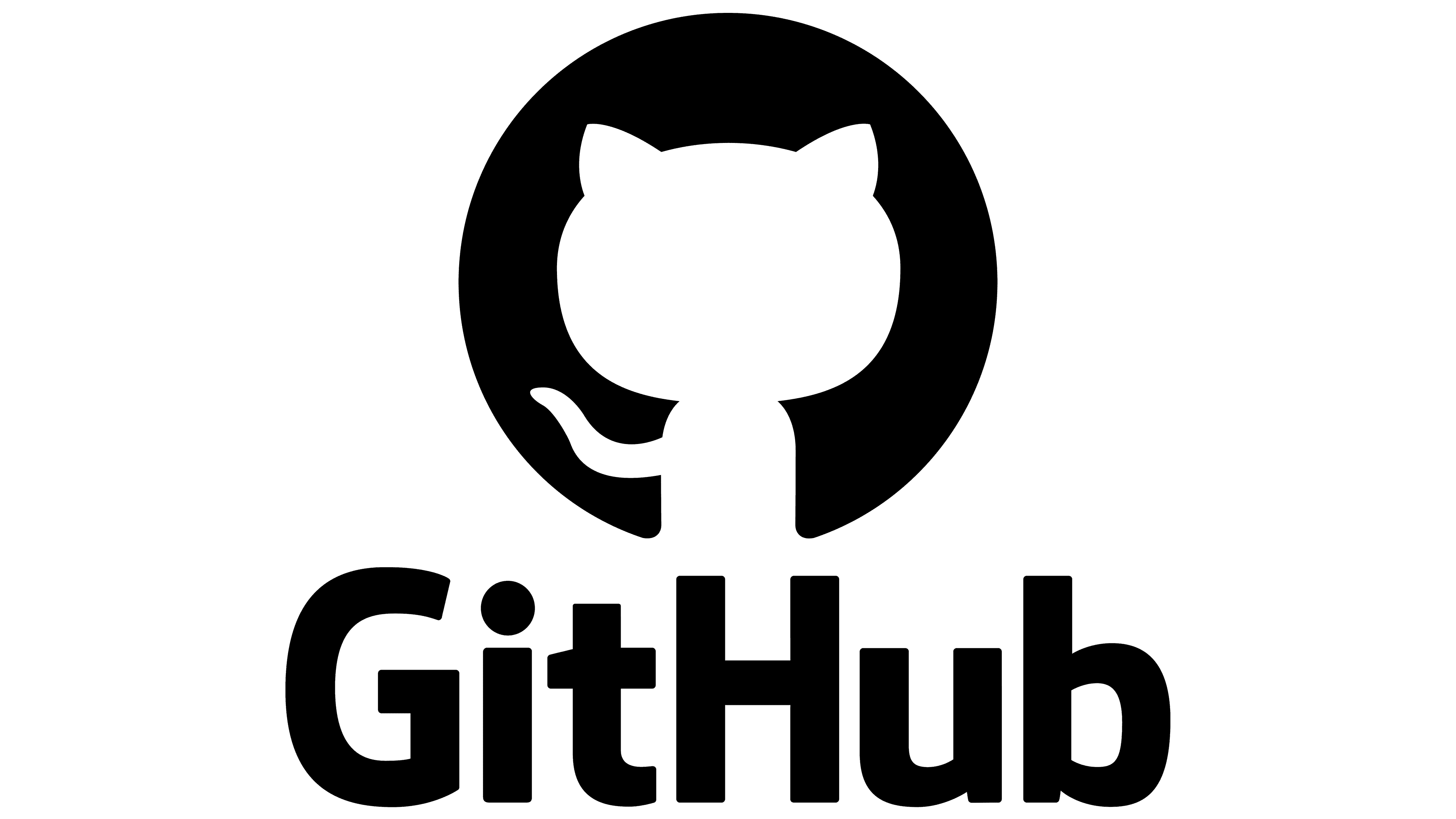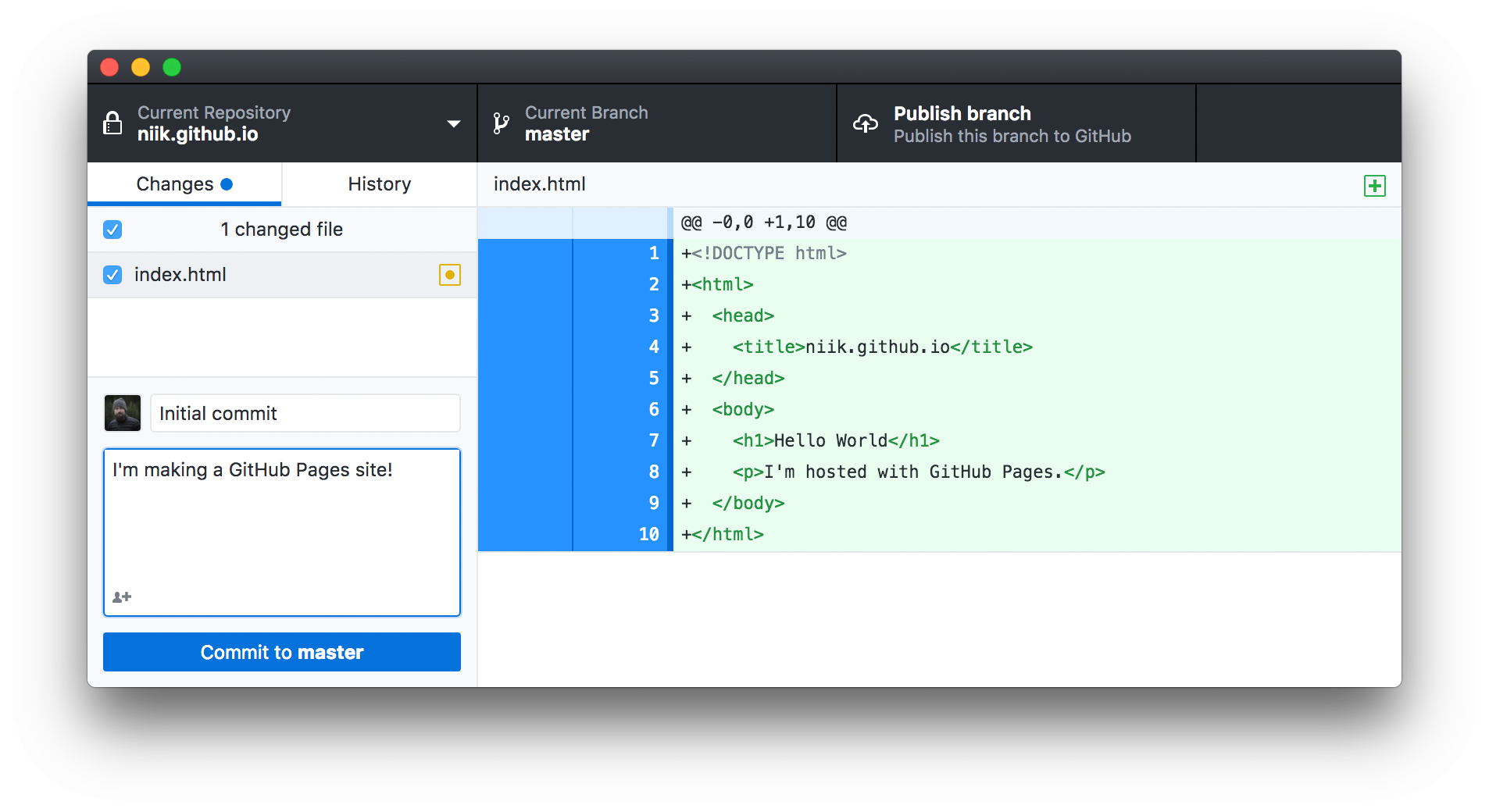What Is GitHub Copilot Agent? Understanding Your AI Coding Friend
Detail Author:
- Name : Lilian Hodkiewicz
- Username : fritsch.kiarra
- Email : jackeline.bartell@steuber.biz
- Birthdate : 2001-01-08
- Address : 2716 Arno Light Xandertown, NM 96350-3706
- Phone : +1 (272) 850-0627
- Company : Bogisich-Durgan
- Job : Coremaking Machine Operator
- Bio : Quia eligendi consequatur delectus sed error. Consectetur aut blanditiis doloribus sed.
Socials
facebook:
- url : https://facebook.com/elwyn4974
- username : elwyn4974
- bio : Vel magnam quod asperiores pariatur ipsum blanditiis.
- followers : 2909
- following : 1504
tiktok:
- url : https://tiktok.com/@elwyn5768
- username : elwyn5768
- bio : Illo omnis blanditiis enim qui odio dolorum suscipit.
- followers : 4972
- following : 1108
instagram:
- url : https://instagram.com/elwyncartwright
- username : elwyncartwright
- bio : Et vero et quis quidem. Rem consectetur repudiandae est asperiores ut molestiae dolores aut.
- followers : 4264
- following : 934
For anyone working with code, whether you're just starting out or helping a large team grow, GitHub is a place where you truly belong. This platform, you know, is where people come together to build software. It's a rather active spot, with more than 150 million people using it to find, copy, and add to over 420 million projects. There are, it's almost, 520 code collections ready for you to explore on GitHub.
When you're looking for your next big project, or just wanting to see what's popular, GitHub's "Explore" section is a pretty good guide. It helps you keep up with what's new and also connects you with the wide community of people who use GitHub. So, it's a very helpful place for anyone involved in making software.
Now, inside this busy world of code creation, there's a special helper called GitHub Copilot. This tool works right beside you, directly in your code editor. It's like having a coding friend who suggests complete lines of code or even whole functions as you type. It just, you know, makes the coding process feel a bit smoother.
Table of Contents
- What is GitHub Copilot Agent Mode?
- How Copilot Agent Changes Your Coding Flow
- Copilot and Secure Code Practices
- GitHub Copilot Across Platforms
- Accessing and Learning About Copilot
- Frequently Asked Questions About GitHub Copilot Agent
What is GitHub Copilot Agent Mode?
The idea of a "GitHub Copilot Agent" points to a more interactive and capable way this AI assistant helps you. It's not just about getting code suggestions anymore. It's about having a conversational partner for your coding tasks. This agent mode, you know, means you can tell Copilot what you want to achieve in a more natural way.
Think about wanting to build something specific, like your very first online game. With the Copilot Agent mode, you can actually start that project by having a chat with the AI. You select the agent model you want to use through GitHub Copilot. For instance, you might pick a model like Claude 3.7 Sonnet. This selection, you know, guides how the agent will respond and what kind of help it offers.
Once you've chosen your agent model, you just type what you need into the chat. It's a direct way to work with the AI, telling it your goals and letting it help you create the code. This is, in a way, a significant step from simple code completion to a more guided, goal-oriented coding experience. It's really quite something.
How Copilot Agent Changes Your Coding Flow
The agent mode changes how you approach coding problems. Instead of just writing code and waiting for suggestions, you can tell the agent what you're trying to do. This means you might describe a feature you want to add or a bug you need to fix. The agent then helps you work through it, perhaps by suggesting steps or even generating more complex code structures. So, it really shifts the focus a bit.
For example, if you're trying to set up a new part of your online game, you could tell the agent, "Help me create a player movement system." The agent, using the model you picked, would then offer ways to do that. It might suggest code snippets or even explain different approaches. This makes the process feel, you know, more like a conversation with a very smart helper.
This way of working is very useful for both beginners and experienced coders. Beginners get more guidance, and experienced coders can speed up routine tasks. It's about making the coding process more efficient and perhaps a little less lonely. You're always, you know, working with an intelligent partner.
Copilot and Secure Code Practices
Beyond just writing code, GitHub Copilot is a rather capable tool for helping developers write code that is safe. This is a very important part of making software. By using a set of structured questions or prompts, developers and security experts can, in fact, look for potential problems in the code before they become bigger issues. It's a proactive approach, which is good.
When you're working on a project, especially one that handles sensitive information, keeping it safe is key. Copilot can help you think about common security weaknesses. You might ask the agent, "Are there any security concerns with this function?" or "How can I make this data handling more secure?" The agent can then offer suggestions based on best practices. This is, you know, a pretty big help in building more reliable software.
The idea is to use the AI to catch things that a human might miss or to suggest better ways of doing things from a safety point of view. It's like having an extra pair of eyes focused on making your code strong against attacks. So, it really adds a layer of protection to your work.
GitHub Copilot Across Platforms
GitHub Copilot isn't just for writing code in your editor. It's also making its way into other parts of the software creation process and different computing environments. This means its help is spreading to more areas where developers work. It's a rather broad reach, you know, for an AI tool.
Copilot for Azure
A good example of this wider reach is GitHub Copilot for Azure. This version was shown to the public as a test version at the Microsoft Ignite conference in November 2024. This means it's still being refined, but it's available for people to try. It's a very recent development, as a matter of fact.
The purpose of Copilot for Azure is to help developers, people who manage IT systems, and those who work on DevOps practices. These are all different roles that involve making and running software on Microsoft's cloud platform. The tool aims to make their jobs easier, perhaps by automating tasks or providing insights specific to Azure. So, it's a specialized form of help.
Streamlining Collaboration with Copilot
Collaboration is a very big part of making software, especially when many people are involved. GitHub Copilot also helps with this by bringing your GitHub issues and pull requests (PRs) into your workflow. This means you don't have to switch between different applications to manage your tasks and code changes. It just, you know, makes things smoother.
Imagine you're discussing a problem with your team or reviewing someone else's code. Copilot can perhaps offer context or suggest solutions right there. It helps you keep everything in one place, which can save a lot of time and effort. It's about making teamwork more fluid, honestly.
This integration is very helpful for keeping everyone on the same page. When issues are linked directly to your work and PRs are easier to manage, the whole team can move faster. It's about removing those little bumps in the road that can slow down a project. You know, those moments where you have to jump from one screen to another.
Accessing and Learning About Copilot
Getting started with GitHub Copilot and learning how to use it is actually quite straightforward. There are resources available to help you understand the basics and even get hands-on experience. It's not, you know, a complicated process to begin.
Getting Copilot for Free
A rather good piece of news is that everyone can now use GitHub Copilot without paying anything in Visual Studio Code. This is a very popular code editor, so it's widely accessible. You just need your GitHub account to get started. There are no trial periods, and you don't need to sign up for anything extra. It's just, you know, ready to go.
This free access means that more people can try out Copilot's features, including the agent mode, and see how it fits into their coding habits. It removes a barrier for many who might have been curious but hesitant. So, it's a pretty big deal for the coding community.
There's also a GitHub Copilot Vibe Coding Workshop available. This workshop is a resource that everyone can use to learn more about Copilot. It's designed to give you a feel for how the tool works and how it can help you code. I'm more than happy, you know, to introduce this workshop as a helpful starting point.
Learning the Foundations
If you're new to GitHub in general, there are materials to help you prepare for the GitHub Foundations certification. This certification is a way to show you understand the basic ideas and products of GitHub. It's a very easy learning path for beginners, and it's made to get you ready for those fundamental concepts. You can take the GitHub Foundations learn path at aka.ms/learngithubpath.
Understanding the basics of GitHub is helpful because Copilot works within that ecosystem. Knowing about repositories, issues, and pull requests will make using Copilot even more effective. It's like, you know, learning the rules of a game before you start playing with a super-powered teammate.
This foundational knowledge helps you appreciate how Copilot fits into the broader picture of software development. It also helps you get the most out of features like bringing your GitHub issues and pull requests into loop for seamless collaboration and remove the need to switch between multiple apps. Learn more about GitHub's core features on our site, and link to this page to understand how to get started with Copilot.
Frequently Asked Questions About GitHub Copilot Agent
People often have questions about how to use GitHub Copilot's agent features and what they can expect. Here are some common inquiries:
How do you use GitHub Copilot Agent mode?
You use GitHub Copilot Agent mode by selecting an agent model, like Claude 3.7 Sonnet, directly through GitHub Copilot. Then, you enter your requests or questions into the chat interface. This allows you to have a conversation with the AI to get coding help or suggestions for tasks like creating an online game. It's a very direct way to interact, you know.
What are the benefits of using an AI agent for coding?
Using an AI agent for coding offers several benefits. It can suggest whole lines or functions, help you write more secure code, and streamline collaboration by integrating with issues and pull requests. The agent mode also allows for a more conversational approach to problem-solving, which can make coding feel more guided and efficient. It just, you know, makes the process flow better.
Is GitHub Copilot Agent available to everyone?
Yes, GitHub Copilot is now free for everyone to use in Visual Studio Code. You only need your GitHub account to access it, and there are no trial periods. This means a wide range of developers and learners can experience the benefits of Copilot, including its agent capabilities. So, it's pretty widely accessible now.


